
Enchanting New Bagan: A Blend of Tradition and Modernity
Discover New Bagan: Where Ancient History Meets Modern Comfort in Myanmar's Timeless Landscape
New Bagan, a captivating part of the ancient city of Bagan in Myanmar, is a treasure trove for tourists seeking both cultural immersion and modern comforts. Established in 1990, New Bagan was constructed to relocate villagers from the original Bagan archaeological zone. This has allowed New Bagan to flourish with a unique blend of historic charm and contemporary amenities, making it an attractive destination for both history buffs and leisure travelers. Strolling through New Bagan, you will encounter an array of traditional Burmese architecture, quaint local markets, and vibrant street life. The area is less crowded than Old Bagan, offering a more relaxed atmosphere while still providing easy access to the ancient temples and pagodas that the region is famous for. As you wander, you'll find numerous artisanal shops and workshops where you can observe local craftsmen creating beautiful lacquerware, a specialty of the area. For those looking to unwind, New Bagan offers a variety of comfortable accommodations ranging from budget-friendly guesthouses to upscale resorts. The culinary scene here is equally diverse, with a mix of local eateries serving traditional Burmese dishes and international restaurants that cater to all tastes. Evenings in New Bagan are particularly enchanting, with opportunities to enjoy cultural performances and riverside sunsets along the Irrawaddy River.
Local tips in New Bagan
- Visit the local lacquerware workshops to buy authentic souvenirs and learn about this traditional craft.
- Rent a bicycle to explore the quieter streets and nearby temples at your own pace.
- Stay hydrated and wear sunscreen, as the weather can get quite hot, especially in the afternoons.
- Try the traditional Burmese dish 'mohinga' at one of the local eateries for an authentic culinary experience.
- Catch the sunset by the Irrawaddy River for a truly memorable experience.
Iconic landmarks you can’t miss
Bagan Golden Palace
Explore the exquisite Bagan Golden Palace, a historical gem that reveals the majestic past of Myanmar's royal heritage amidst breathtaking landscapes.
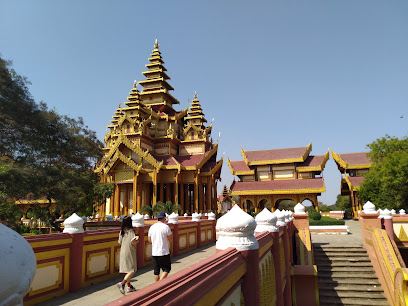
Old Bagan
Explore the ancient wonders of Old Bagan, a breathtaking landscape of thousands of temples and pagodas steeped in history and culture.
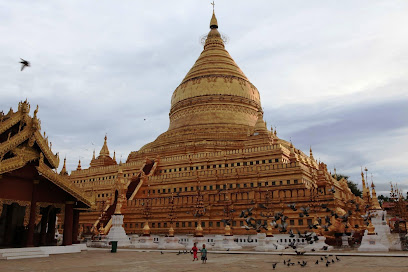
Tharabar Gate သရပါတံခါး
Discover the architectural beauty and historical significance of Tharabar Gate, an iconic landmark in the heart of Old Bagan, Myanmar.
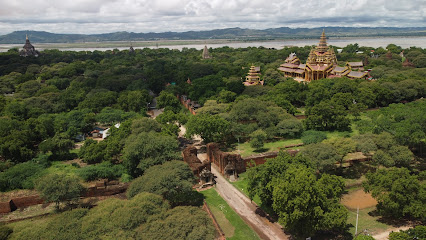
Bagan Palace Ruins
Discover the historical charm and serene beauty of Bagan Palace Ruins, a captivating landmark in Old Bagan, Myanmar, rich in ancient heritage.
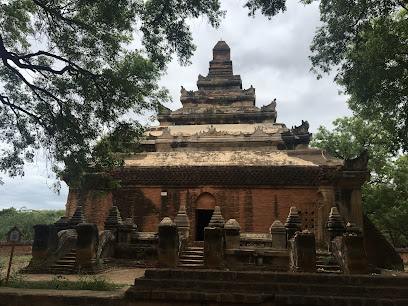
Palace Excavation Site
Explore the enchanting Palace Excavation Site in Old Bagan, where ancient history and cultural heritage come to life amidst stunning archaeological remains.
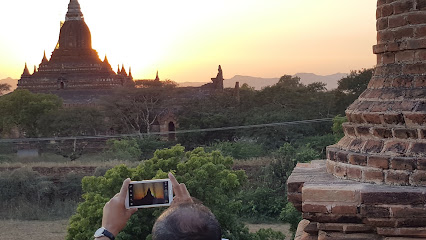
Sunrise Spot
Discover the enchanting Sunrise Spot in Nyaung-U, where breathtaking sunrises meet rich historical landmarks, creating a perfect escape for travelers.
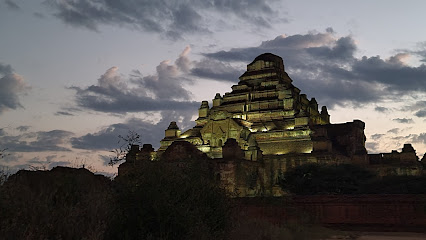
Bu Phaya Sunset View
Experience the magical sunset at Bu Phaya Sunset View, a historical landmark in Old Bagan, where beauty and history intertwine.
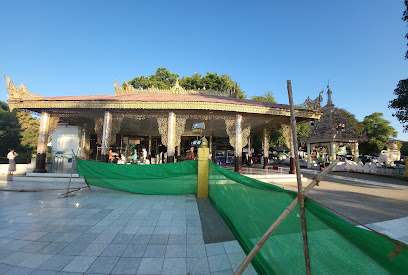
Thayanbu Temple
Discover the spiritual and architectural beauty of Thayanbu Temple in Myin Ka Bar, a must-visit historical landmark in Myanmar.
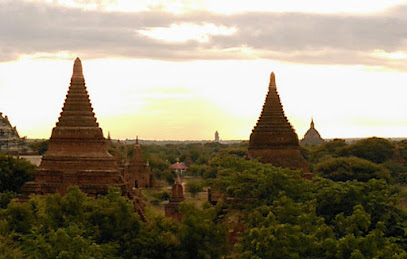
Bagan, Myanmar Ancient Ruin
Discover the timeless beauty of Bagan, Myanmar, home to thousands of ancient temples and a rich cultural tapestry waiting to be explored.

Bagan
Discover Bagan, Myanmar – a UNESCO World Heritage Site filled with ancient temples, breathtaking landscapes, and rich cultural heritage.

Unmissable attractions to see
Shwesandaw Pagoda
Experience the breathtaking beauty and spiritual essence of Shwesandaw Pagoda, a must-visit landmark in the heart of Bagan, Myanmar.
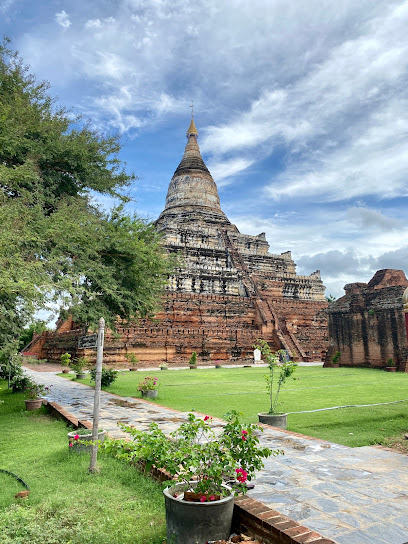
Bagan Golden Palace
Experience the breathtaking beauty and historical significance of the Bagan Golden Palace, a must-see attraction in Myanmar's ancient city.
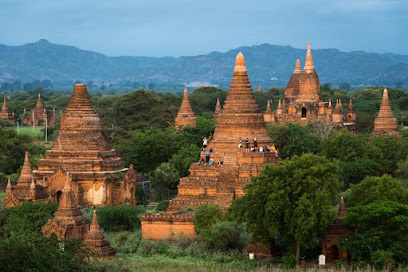
Gawdawpalin Temple
Discover the spiritual and architectural beauty of Gawdawpalin Temple in Old Bagan, a must-visit destination for cultural enthusiasts.
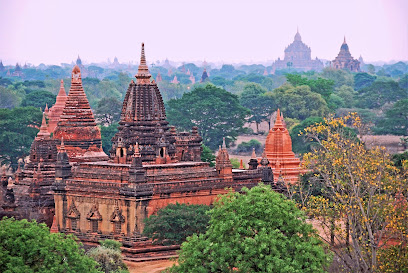
Mimalaung Kyaung
Discover the spiritual heart of Old Bagan at Mimalaung Kyaung, a tranquil Buddhist temple home to impressive architecture and a serene seated Buddha.
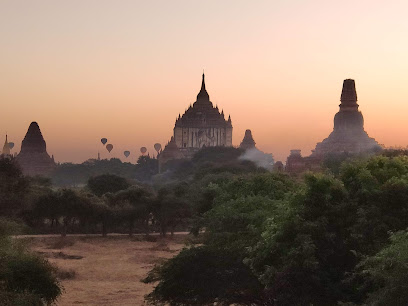
Old Bagan
Explore the ancient splendor of Old Bagan, where thousands of pagodas create an enchanting landscape steeped in history and spirituality.
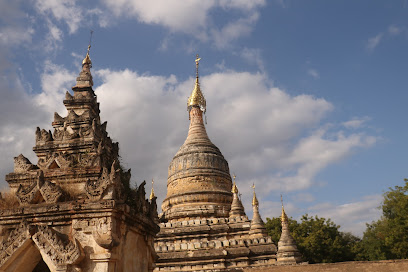
Palace Excavation Site
Discover the majestic Palace Excavation Site in Old Bagan – a historical landmark revealing the rich heritage of ancient Myanmar amidst breathtaking landscapes.
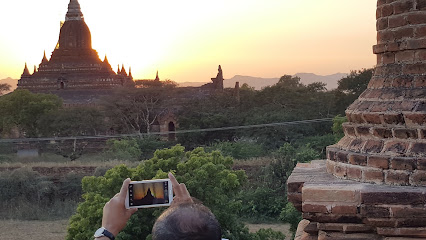
Essential places to dine
7 Sisters Restaurant
Discover authentic Burmese flavors at 7 Sisters Restaurant in New Bagan - where every dish tells a story.
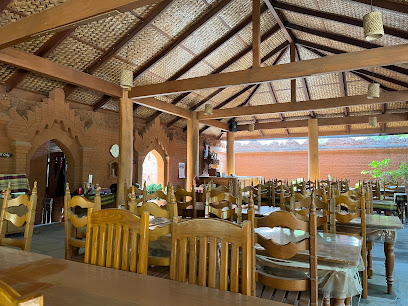
Black Rose
Discover the culinary delights at Black Rose in New Bagan—where traditional flavors meet modern dining.
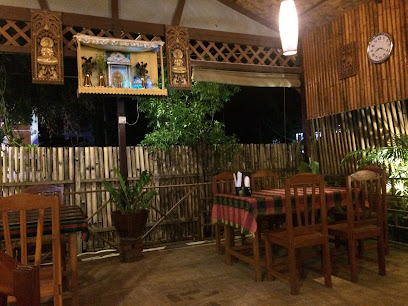
Star Beam
Experience the flavors of Myanmar at Star Beam in New Bagan – where culinary tradition meets modern flair.

Elodie Restaurant
Discover the exquisite flavors of Myanmar at Elodie Restaurant in New Bagan—where tradition meets modern dining.
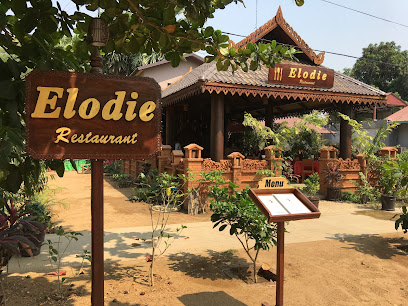
The King Si Thu Restaurant
Experience authentic Burmese cuisine at The King Si Thu Restaurant in New Bagan - a must-visit for food lovers!
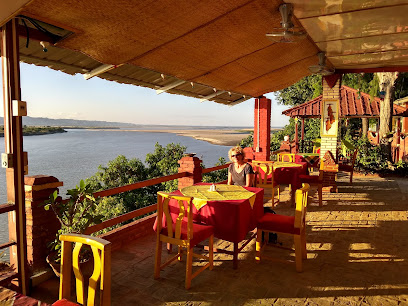
Delicious restaurant
Discover Delicious Restaurant in New Bagan - where authentic Burmese flavors meet Western cuisine in an inviting atmosphere.
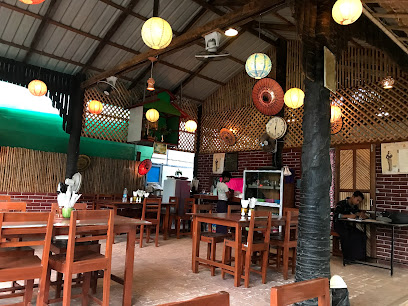
Kyaw Kitchen
Discover the flavors of Myanmar at Kyaw Kitchen in New Bagan, where traditional dishes meet warm hospitality.
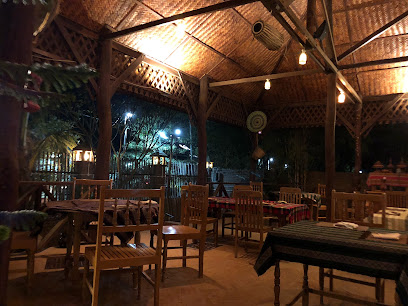
Shwe Tile Kyaw Myanmar Traditional Food
Savor authentic Burmese flavors at Shwe Tile Kyaw in New Bagan - a culinary journey through Myanmar's rich traditions awaits!
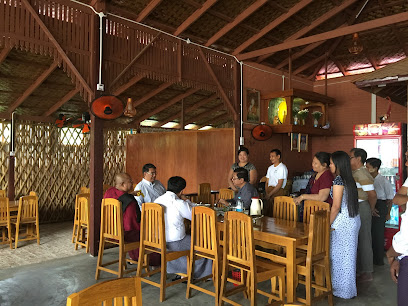
Harmony - Htar Na Choke Restaurant & BBQ
Discover authentic Chinese flavors fused with barbecue delights at Harmony - Htar Na Choke Restaurant & BBQ in New Bagan.
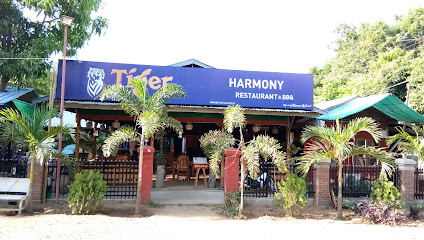
The Teak House Restaurant
Experience authentic Myanmar cuisine at The Teak House Restaurant in New Bagan—where tradition meets modern dining in an enchanting setting.
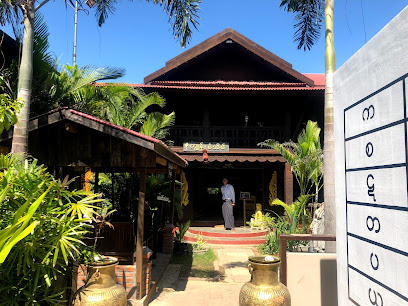
Markets, malls and hidden boutiques
ပုဂံအိမ်
Discover unique souvenirs and local art at Bagan House, a charming gift shop in New Bagan, reflecting the rich heritage of Myanmar.
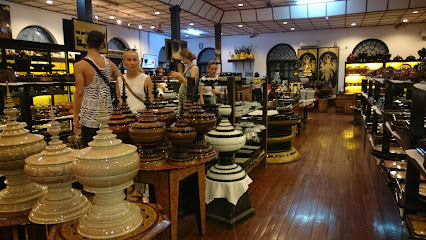
Jasmine Family Lacquerware Workshop
Explore the rich tradition of lacquerware craftsmanship at Jasmine Family Lacquerware Workshop in Old Bagan, a must-visit for art enthusiasts.
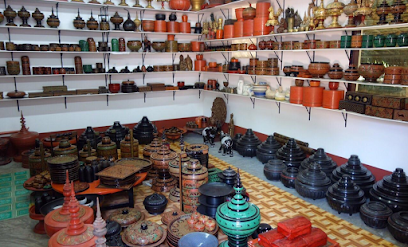
Cake De Bagan
Explore the exquisite flavors of Cake De Bagan, a delightful bakery and café offering an array of divine pastries and ice creams in the heart of New Bagan.

Golden Cuckoo Lacquerware
Explore Golden Cuckoo Lacquerware in Myin Ka Bar for exquisite handcrafted items that embody the rich cultural heritage of Myanmar.
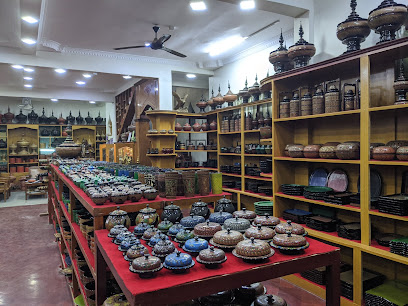
MBoutik Handicraft Shop
Explore unique handmade goods and support local artisans at MBoutik Handicraft Shop in New Bagan, a must-visit for every traveler.
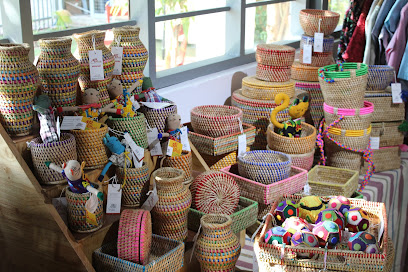
Royal Peacock Lacquerware Workshop
Explore the Royal Peacock Lacquerware Workshop in New Bagan for a unique insight into Myanmar's traditional craftsmanship and exquisite lacquerware artistry.
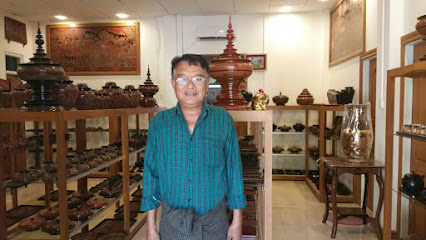
Golden Bagan Lacquerware Shop
Discover exquisite handcrafted lacquerware at Golden Bagan Lacquerware Shop, a cultural treasure in New Bagan, Myanmar.

Souvenir Shops
Discover unique treasures and local crafts at the charming souvenir shops of Old Bagan, a perfect blend of culture and artistry.
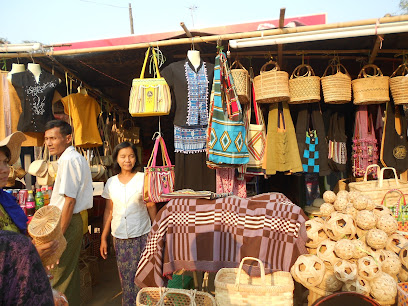
Made In Myanmar souvenir
Explore Bagan's Made In Myanmar night market for authentic souvenirs, local delicacies, and an immersive cultural experience in the heart of Old Bagan.
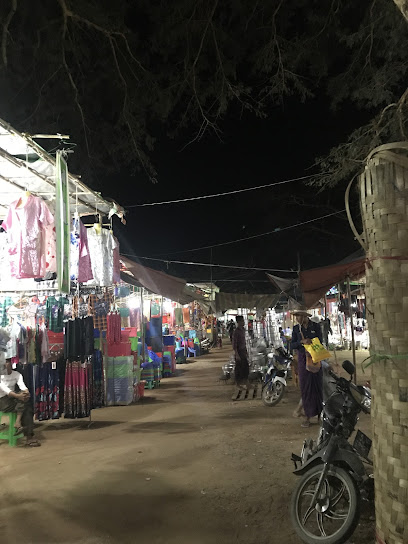
Quality Bagan Shop
Discover authentic Burmese souvenirs and handicrafts at Quality Bagan Shop in the heart of Old Bagan, a perfect stop for tourists seeking local treasures.

Essential bars & hidden hideouts
Star Beam
Discover the flavors of Myanmar at Star Beam, a delightful restaurant in New Bagan known for its cozy ambiance and exceptional cuisine.
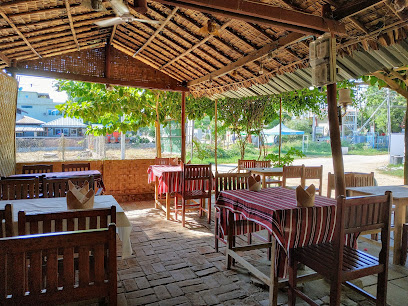
HTI Bar & Restaurant
Discover HTI Bar & Restaurant: A vibrant fusion of local and international cuisine in Nyaung-U, perfect for unwinding after exploring Bagan's wonders.
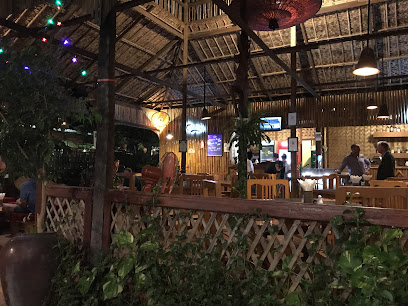
Bagan Zay
Discover the vibrant ambiance of Bagan Zay, a local bar in Nyaung-U, perfect for relaxing with drinks after exploring Bagan's ancient wonders.
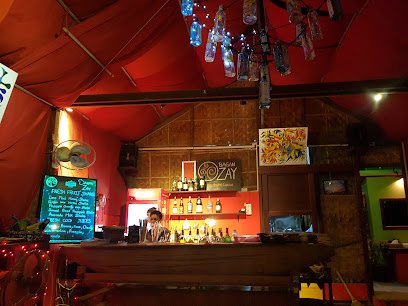
Erawati Raft
Experience the serene beauty of Old Bagan at Erawati Raft, a riverside bar where relaxation meets stunning views and vibrant local culture.

အညာထန်းရိပ်
Discover the vibrant nightlife of New Bagan at အညာထန်းရိပ်, where refreshing drinks and friendly vibes await you.
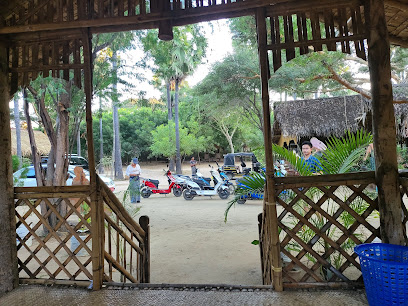
Restaurant at Bagan Ostello Bello
Experience the flavors of Myanmar at the Restaurant at Bagan Ostello Bello, where culinary tradition meets modern hospitality.

Active Bar BBQ & Restaurant
Discover the best of Myanmar's grill cuisine at Active Bar BBQ & Restaurant in New Bagan, where flavor meets tradition in a vibrant setting.
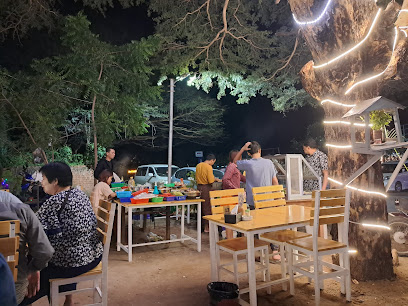
Acacia Paradise Bar & Restaurtant
Discover the enchanting flavors and vibrant atmosphere at Acacia Paradise Bar & Restaurant in Old Bagan, Myanmar.
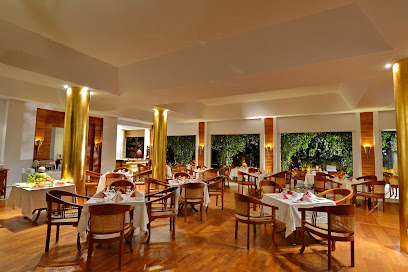
Green face
Experience the tranquility of Green Face in New Bagan, where refreshing drinks and a peaceful ambiance create the perfect retreat after your adventures.

wai
Discover Wai in Old Bagan, where local flavors meet a vibrant atmosphere, perfect for relaxing after a day of exploration.

Local Phrases
-
- Helloမင်္ဂလာပါ
[mingalabar] - Goodbyeလျှောက်လုတ်ပါ
[hlauk lut ba] - Yesဟုတ်ကဲ့
[hout gae] - Noမဟုတ်ဘူး
[ma hout bu] - Please/You're welcomeကြောက်ဝဲ
[kyaukway] - Thank youကျေးဇူးတင်ပါတယ်
[chay zu tin ba de] - Excuse me/Sorryစောက်ထားသည်
[saw ta sa ne] - How are you?ဘယ်လိုင်းကြီးလဲ
[be loon jee la] - Fine. And you?လဲ နင့်ကြီးလဲ
[la nang jee la] - Do you speak English?အင်္ဂလိပ်လို့လဲ
[ingalei lo la] - I don't understandကျေးဇူးတင်ပါတယ်
[nae phay ba de]
- Helloမင်္ဂလာပါ
-
- I'd like to see the menu, pleaseမိုးမိုးဖန်းတုန်းကြည့်ရှုရန်
[mui mui phan tun gyi yut yu] - I don't eat meatငါ မဟုတ်ဘူးအသုံးပြုနေပါပြီ
[nga ma hout bu a sone pru ne pa ri] - Cheers!အိပ်သားပါ
[aiksa ba] - I would like to pay, pleaseငါကိုင်ထားကြည့်ရှုရန်
[nga kohtar gyi yu]
- I'd like to see the menu, pleaseမိုးမိုးဖန်းတုန်းကြည့်ရှုရန်
-
- Help!ကူးနန်း
[ku nan] - Go away!လျှောက်သွား
[hlauk swa] - Call the Police!ရဲရေးထိုင်ခြင်း
[yay toe htain kaung] - Call a doctor!ဆရာဝန်အသိုး
[sha ya wan a sone] - I'm lostငါပြောင်းပြန်သွားပါပြီ
[nga prawn pyan swa ba ri] - I'm illငါကိုင်သမားပါပြီ
[nga kohtar ma pa ri]
- Help!ကူးနန်း
-
- I'd like to buy...ငါက ... ဝယ်ရန်ပါပြီ
[nga ... wai yu pa ri] - I'm just lookingငါသားချင်းကြည့်ပါပြီ
[nga sa hkaing gyi pa ri] - How much is it?အစားထိုးဘယ်လို့
[a sa to bu lei] - That's too expensiveဤနှစ်သည့်အစားထိုးပိုက်ချင်တယ်
[in hnit ne a sa to bu pu hkaing de] - Can you lower the price?စစ်ဆေးသွားပါပြီ
[sashei swa ba ri]
- I'd like to buy...ငါက ... ဝယ်ရန်ပါပြီ
-
- What time is it?ဘယ်နာရီလဲ
[be na ri la] - It's one o'clockတစ်နာရီလား
[tay na ri la] - Half past (10)ဆယ်စကား
[hse sa ka] - Morningနန်းကြီး
[nan ji] - Afternoonနေ့လက်
[nei la] - Eveningနော်ပတ်
[naut pat] - Yesterdayမနေ့
[ma nei] - Todayယနေ့
[ya nei] - Tomorrowမနက်
[ma nek] - 1တစ်
[tay] - 2နှစ်
[hnay] - 3သုံး
[sone] - 4လေး
[lei] - 5ငါး
[nga] - 6ခြောက်
[khauk] - 7ခွေး
[hkwe] - 8ရှေ့
[hre] - 9ကိုး
[ko] - 10ဆယ်
[hse]
- What time is it?ဘယ်နာရီလဲ
-
- Where's a/the...?... အလယ်
[... a lay] - What's the address?လိပ်စာဘယ်လို့
[lip sa bu lei] - Can you show me (on the map)?မြင်သွားနိုင်ရန်လို့
[mwin swa nuing la] - When's the next (bus)?နောက် ... မှာယာလို့
[na ... ma ya lei] - A ticket (to ....)... လိုင်း
[... loon]
- Where's a/the...?... အလယ်
History of New Bagan
-
New Bagan was established in the 1990s as a response to the increasing number of tourists visiting the ancient city of Bagan, known for its vast expanse of temples and pagodas dating back to the 9th century. The government aimed to preserve the area's historical integrity while accommodating the growing tourism industry by creating this new settlement.
-
Since its establishment, New Bagan has developed into a vibrant community that reflects the cultural heritage of the Bagan region. The local population includes descendants of the original inhabitants of Bagan, and traditional crafts, such as lacquerware, are still practiced. The neighborhood has become a hub for artists and craftsmen, fostering a revival of local art forms.
-
As tourism surged in the early 21st century, New Bagan experienced significant infrastructure development, including hotels, restaurants, and shops. This growth has been accompanied by efforts to balance modern amenities with the preservation of Bagan's historical and cultural landscapes. The neighborhood serves as a gateway for visitors exploring the archaeological zone of Bagan.
-
With the increase in tourism and urban development, New Bagan has faced environmental challenges, particularly regarding the preservation of the ancient temples and the surrounding landscape. Initiatives have been introduced to promote sustainable tourism practices, ensuring that both the historical significance and natural beauty of the area are maintained.
-
New Bagan hosts various cultural events and festivals that celebrate the traditions of the region. These gatherings not only attract visitors but also foster a sense of community among residents. Events often include traditional music, dance performances, and local cuisine, showcasing the rich heritage of Bagan and its people.
New Bagan Essentials
-
New Bagan is easily accessible from Old Bagan and Nyaung U. From Old Bagan, you can take a short bicycle ride or hire a local taxi, which typically costs around 3,000 to 5,000 kyats. The journey usually takes about 10-15 minutes. From Nyaung U, local buses and taxis are available, with prices ranging from 2,000 to 4,000 kyats and a travel time of approximately 20 minutes.
-
New Bagan is best explored on foot, by bicycle, or by electric scooter. Bicycle rentals are widely available for around 1,000 kyats per day. Electric scooters can be rented for approximately 8,000 kyats. Local taxis are also available for longer distances, but be sure to negotiate the fare in advance.
-
New Bagan is generally safe for tourists. However, exercise caution in less populated areas after dark. Petty crimes, such as pickpocketing, can occur, so keep your belongings secure and stay vigilant, especially in crowded places. Avoid walking alone late at night, particularly off the main roads.
-
In case of emergencies, dial 192 for police assistance or visit the nearest hospital located in Nyaung U. It is advisable to have travel insurance that covers medical emergencies. For minor health issues, local pharmacies are available in New Bagan for over-the-counter medications.
-
Fashion: Do dress modestly, especially when visiting pagodas. Avoid revealing clothing. Religion: Do respect local customs and traditions; always remove your shoes before entering a pagoda. Public Transport: Do be respectful to fellow passengers, and don't expect to eat or drink on public transport. Greetings: Do greet locals with a smile and a slight bow. Eating & Drinking: Do try local dishes, but don't waste food, as it's considered disrespectful.
-
To experience New Bagan like a local, visit the local markets early in the morning for fresh produce and handicrafts. Engage with local artisans, many of whom are happy to share their craft. Don’t miss the chance to enjoy a sunset at one of the nearby pagodas, which are less crowded than those in Old Bagan.
-
When visiting religious sites, it is important to show respect. Do not climb on or touch sacred images. Always ask for permission before taking photos of locals, and be mindful of personal space. Avoid discussing sensitive topics such as politics or religion unless the local initiates the conversation.
-
The best time to visit New Bagan is during the dry season, from November to February, when temperatures are cooler and more comfortable for sightseeing. Sunrise and sunset are particularly beautiful times to explore the archaeological sites, providing stunning views and fewer crowds.
Nearby Cities to New Bagan
-
Things To Do in Mandalay
-
Things To Do in Mrauk U
-
Things To Do in Kalaw
-
Things To Do in Pyin Oo Lwin
-
Things To Do in Naypyidaw
-
Things To Do in Inle Lake
-
Things To Do in Sittwe
-
Things To Do in Pyay
-
Things To Do in Cox's Bazar
-
Things To Do in Ngapali
-
Things To Do in Chittagong
-
Things To Do in Aizawl
-
Things To Do in Mae Hong Son
-
Things To Do in Imphal
-
Things To Do in Pai



